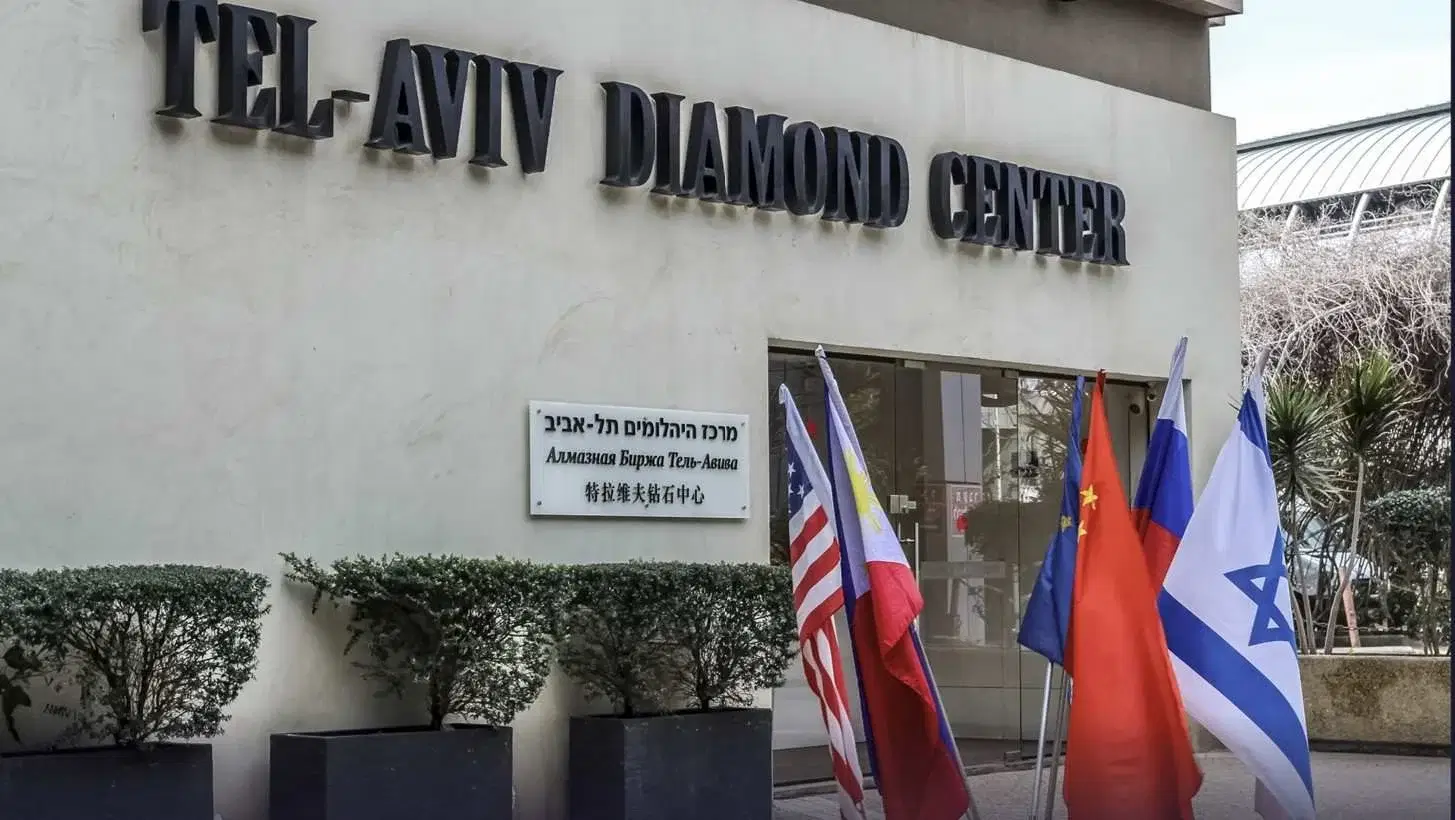As mentioned, Jewish history is firmly steeped in the diamond trade. Jews have been associated with diamonds right from the Bible. In Exodus 28:18, God intended the Israelites to build the priestly breastplate. A sapphire, emerald, and a diamond were some of the most precious stones the breastplate was supposed to contain. However, some anthropologists have argued that it is unclear whether the diamond mentioned in the Bible is the stone as we presently know it. It is possibly due to Israel's absence of diamond mines and resources. All in all, it is safe to say that the Israelites have had a deep connection with diamonds since prehistoric times.

Around the middle ages, the Jewish culture of diamond cutting and polishing blossomed. The Israelites either lived in Ottoman empires or were scattered all over Europe. During this time, they were primarily forbidden from acquiring land or engaging in agriculture. As such, they moved to professions in the service sector, such as trade and banking. Diamond polishing is one of the trades that the Israelites learned and furthered. Jews preferred this trade as it did not require much of a workspace. You only needed to polish a small carat weight, and you had massive wealth in your hands, which is how Jews mostly stored and preserved their riches.
Another thing that bolstered the Israelites’ success in the diamond trade was their apparent unity. Wherever they settled, Jews would form well-established communities. In countries where they were accepted, such as the Netherlands, they made diamond trading big business.
One major problem that the Jews faced was the absence of regulatory bodies. It was often hard to establish the true worth of diamonds. Today, merchants sell their diamonds in exchange centers and well-established stores. However, the diamond trade during the Middle Ages happened around a table. The seller would unleash his ware from a stack of paper bags. Afterward, the buyer used a unique piece of a magnifying glass to clip the stone while checking for its clarity under a lamp. If satisfied, the buyer paid either through cash or a cheque. These practices are prevalent, notably in regions without diamond exchange centers.
As early as the 1930s, many European merchants were impressed by the Jewish diamond polishing expertise. The traders trooped to Israel to learn more about how diamond processing works. Such interest heralded the establishment of the Israel Diamond Exchange on December 8, 1937. Across Europe, most diamond merchants were Jews. The traders maintained close ties with their associates back home.
However, things would take a nasty turn during the Holocaust. The Second World War saw the annihilation of around six million Jews - roughly two-thirds of the European Israelite population - spread across Europe. The surviving Jews ran to concentration camps where their safety was not guaranteed. It was virtually impossible to continue doing business in Europe. Only a handful of survivors in relatively peaceful towns like Antwerp went on with the trade, albeit unenthusiastically.
Back home, Jews were still smarting from the effects of the Holocaust. On May 14, 1948, just three years after the Holocaust, Israel declared independence. Diamond business picked up in earnest.
Today, Israel is one of the fastest-growing economies in the Middle East, with the diamond trade accounting for about 16% of the country’s GNP. Much of the business takes place in Tel Aviv.
Also, approximately 80% of the global small, polished stone products come from Israel. The Israel Diamond Exchange accounts for over 40% of the worldwide jewelry market.
Diamond trade has become an integral part of the Jewish culture, so much so that the industry adopted many Jewish and Yiddish expressions. One such expression is Mazal U'Bracha, used after closing a diamond deal.

